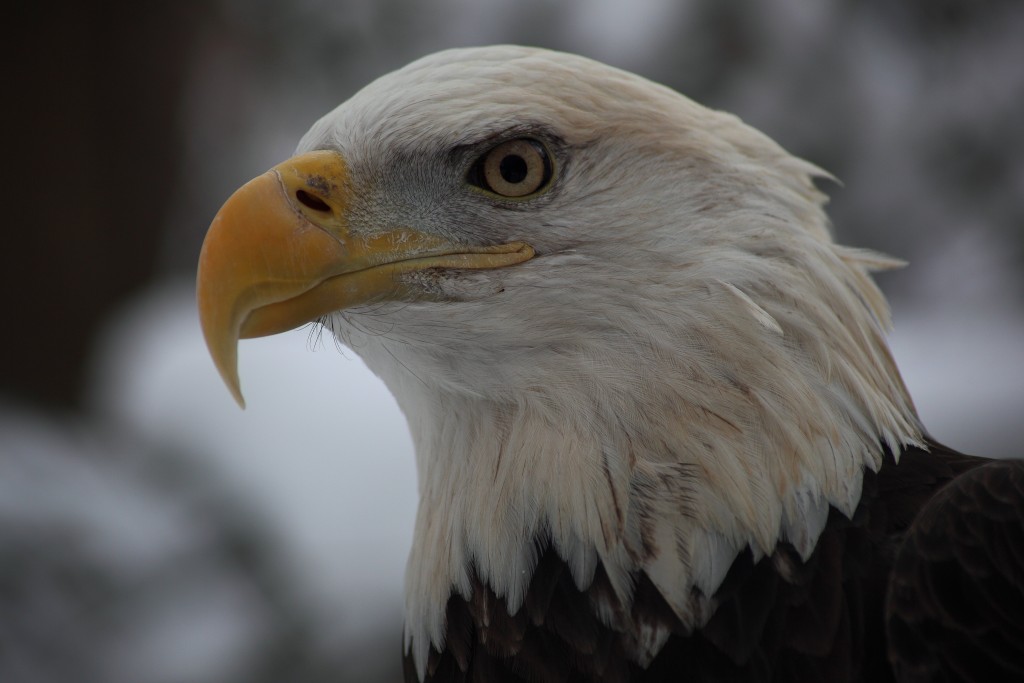President signs Duck Stamp bills into law
From The Birding Wire
In a major win for wetlands and waterfowl conservation, President Obama has signed into law both the Duck Stamp Act of 2014 and a bill making the federal duck stamp permanently available for purchase online.
“It’s great that both Republicans and Democrats can come together to pass legislation of such importance to conservation efforts nationwide,” said Ducks Unlimited CEO Dale Hall. “The additional duck stamp funding provided by waterfowl hunters and other conservationists will not only conserve critical habitat, but will also help ensure the future of our waterfowling traditions.”
Since 1991 – the last time the price of the duck stamp was increased – its purchasing power has declined due to inflation and rising land costs. The Duck Stamp Act of 2014 will build on this program’s long tradition of helping to conserve vital waterfowl habitat across America, especially in the Prairie Pothole Region, one of the continent’s most important production areas.
Along with the Duck Stamp Act of 2014, President Obama also signed into law the Permanent Electronic Duck Stamp Act, which will allow people to purchase the duck stamp online. Physical stamps will still be mailed to buyers, but the online proof of purchase provides new convenience to sportsmen and women by immediately fulfilling the requirement of possessing a stamp to hunt waterfowl. After 45 days, the proof of purchase expires and purchasers must carry the traditional paper stamp when hunting waterfowl.
“Anyone with an internet connection and a credit card can now purchase federal duck stamps from the comfort of their own home,” said Kellis Moss, DU’s director of public policy. “State hunting and fishing licenses have been available online for years, and this is one more step in making waterfowl hunting more accessible to everyone.”

